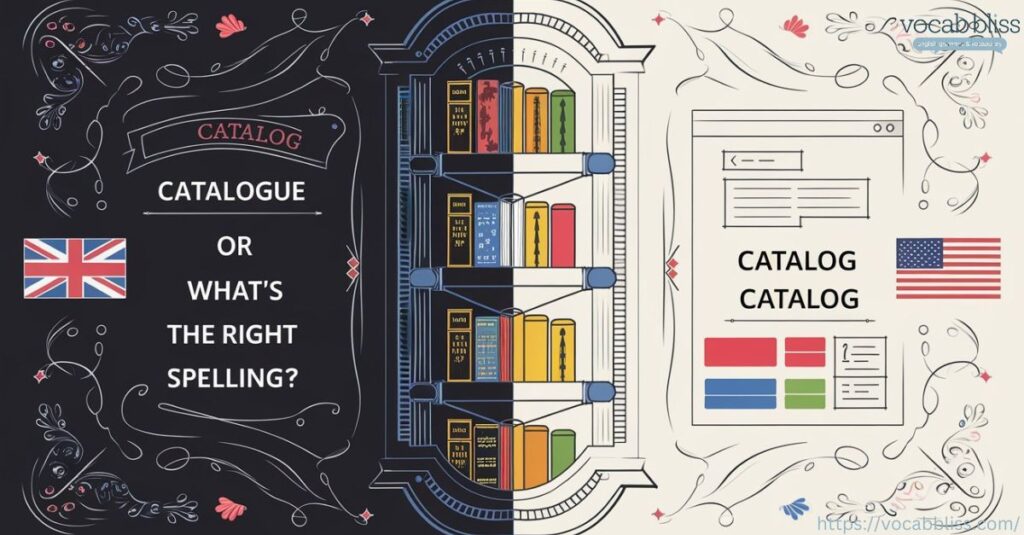If you’ve ever typed out a list of books, products, or services, you’ve probably found yourself wondering whether to use catalogue or catalog. Though both spellings are used for the same thing—essentially a list or collection of items—choosing the correct one is often a matter of context, region, and audience.
In this article, we will thoroughly explore the differences between “catalogue” and “catalog”, helping you understand when and where each spelling is appropriate. We’ll break down how the words evolved, how they’re used in various industries, and why understanding these distinctions is key to clear and effective writing.
Understanding Catalog or Catalogue
At its core, both “catalogue” and “catalog” refer to a list of items or products. You’ve probably seen them used in a variety of contexts—whether it’s a retail catalogue showcasing the latest fashion trends, a catalog of software tools, or a catalogue of art exhibits in a museum.
The difference between the two words comes down to regional spelling conventions. “Catalog” is the standard spelling in American English, while “catalogue” is the spelling used in British English and other parts of the world that follow similar conventions. Despite their differences in spelling, both words serve the same purpose and convey the same meaning.
Catalogue: Definition and Usage
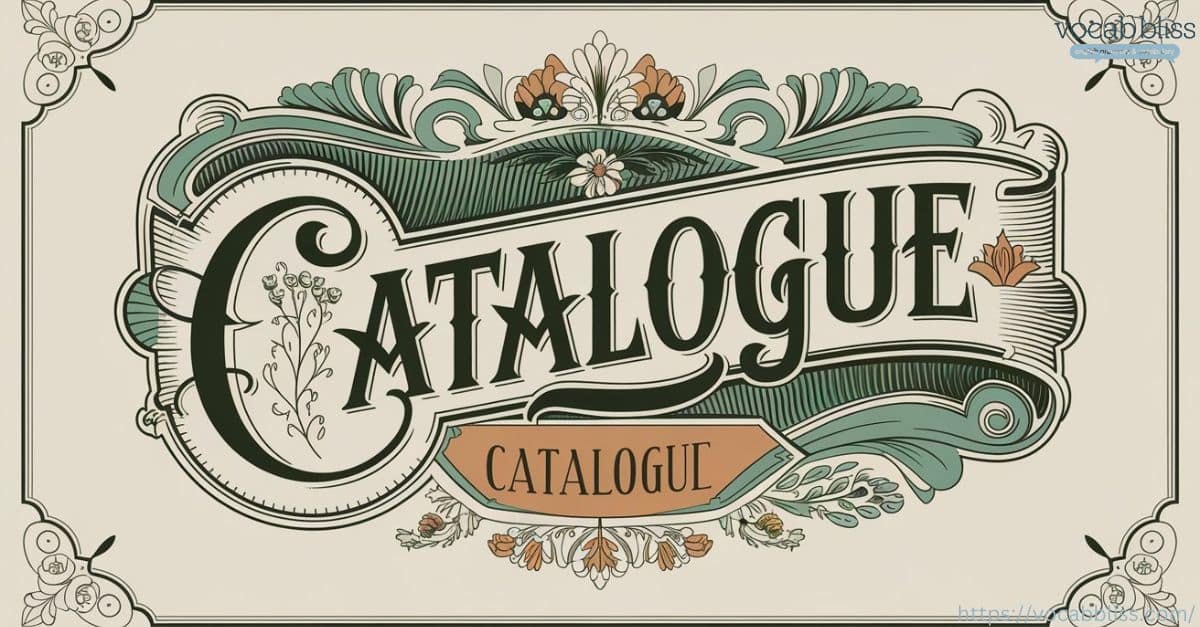
“British English most commonly associates “catalogue” with the preferred spelling in countries like the UK, Australia, New Zealand, and Canada (though, in Canada, both spellings are acceptable depending on the region).”
Common Usage of “Catalogue”
- Academic and Libraries: In universities and libraries, “catalogue” is used for the systematic listing of books, journals, and research materials. For example, a library might have a catalogue of rare books or manuscripts available for research.
- Museums and Exhibitions: Museums, galleries, and exhibitions often use “catalogue” to describe a collection of objects, artworks, or antiques on display. A museum catalogue might contain detailed descriptions of each item, its history, and relevance.
- Fashion: High-end fashion brands sometimes refer to their seasonal collections as a catalogue. For example, a luxury clothing catalogue might be produced in print or digital form, showcasing new styles and trends.
Example of “Catalogue” in a Sentence:
“The catalogue of contemporary art in the museum features over 200 pieces from around the world.”
Read More: Nosy or Nosey? The Great Debate
Why Choose “Catalogue”?
The choice to use “catalogue” instead of “catalog” often depends on the formality of the context. Since British conventions associate “catalogue” with tradition or formality, it often carries this sense, especially in museum exhibitions or academic publications.
Catalog: Definition and Usage
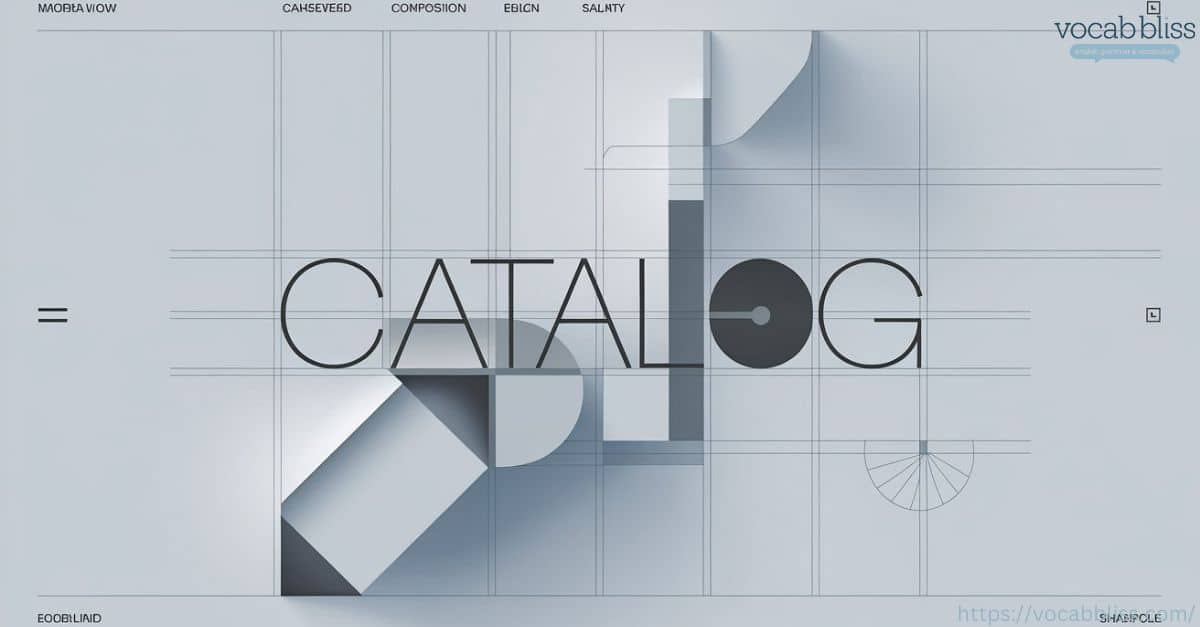
“Catalog,” the American English spelling, is the form most commonly used in the United States. This spelling is favored in e-commerce, retail, technology, and business communications. Whether you’re shopping online or browsing the latest software offerings, you’re more likely to see a catalog rather than a catalogue.
Common Usage of “Catalog”
- E-commerce: If you’ve ever shopped on Amazon, eBay, or any online retailer, you’ve undoubtedly encountered the term “catalog” to refer to a company’s list of products. Online shops use digital catalogs to showcase their offerings, from electronics to clothing.
- Technology and Software: Many tech companies use the term “catalog” when referring to their products, services, or software offerings. For example, a software catalog might display a list of available tools and apps that a company offers to its clients.
- Retail: Big-box stores like Walmart or Target, as well as many smaller retailers, use “catalog” to describe their product listings—often printed or distributed digitally.
Example of “Catalog” in a Sentence:
“Visit our online catalog to see the full range of home appliances available for purchase.”
Why Choose “Catalog”?
“American English conventions deeply root the use of ‘catalog,’ reflecting a more casual or modern approach to product listings, particularly in the business, e-commerce, and technology sectors.” If you’re targeting an American audience, “catalog” is your go-to spelling.
Key Differences Between Catalog and Catalogue
Now that we understand the definitions and contexts for both “catalog” and “catalogue,” let’s take a closer look at the key differences between them. These differences go beyond just spelling—they also encompass regional preferences, formality, and usage context.
1. Region
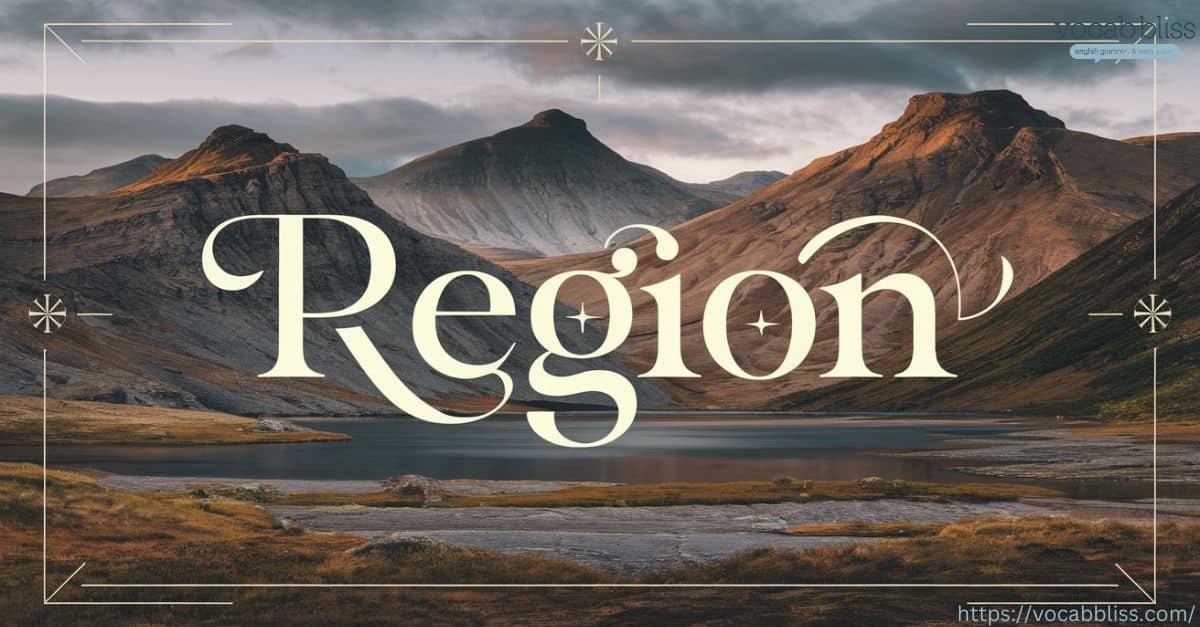
The primary distinction between the two spellings is regional.
- Catalog is predominantly used in American English.
- Catalogue is the preferred spelling in British English, as well as in countries like Australia, Canada, and New Zealand.
2. Formality

- People often see catalogue as the more formal or traditional term. Writers commonly use it in academic writing, museum curation, and antique listing.
- In contrast, people typically associate catalog with business, e-commerce, and technology, which are more modern and often informal fields.
3. Context of Usage
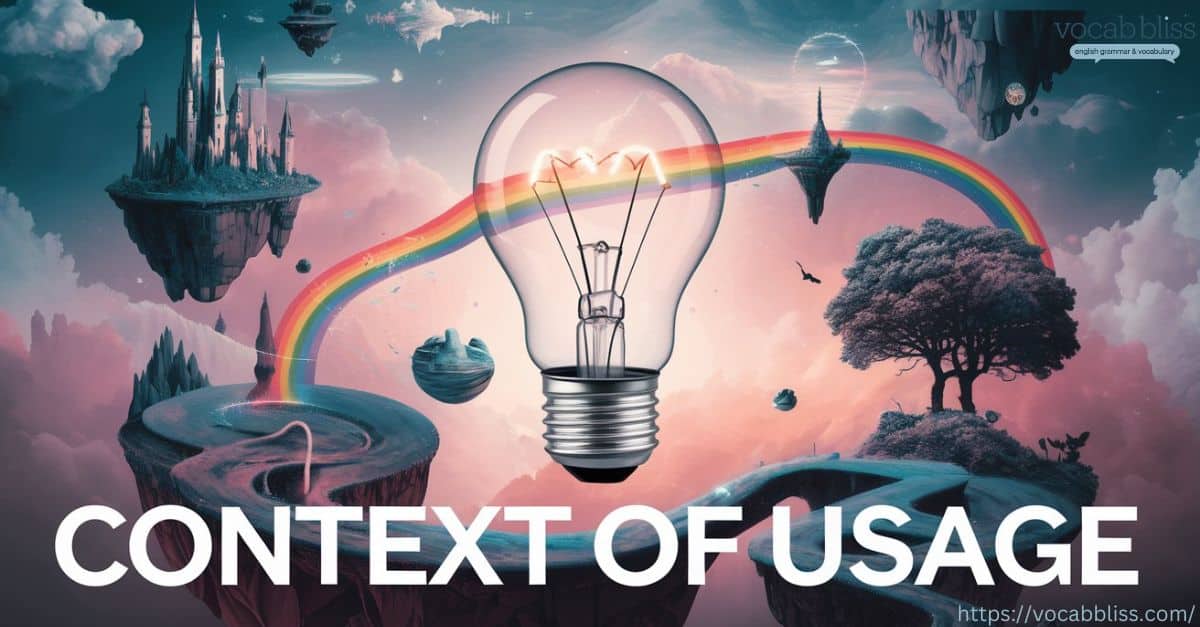
- Catalog is more likely to be used in business-related contexts—for instance, a product catalog in retail or a software catalog in tech.
- Catalogue remains more popular in cultural institutions, such as museums, libraries, and fashion houses.
Side-by-Side Comparison
Here’s a side-by-side comparison of the two terms for quick reference:
| Aspect | Catalogue (British English) | Catalog (American English) |
|---|---|---|
| Region | Used in the UK, Australia, New Zealand, Canada | Used in the U.S., and parts of Canada |
| Formality | More formal, academic, traditional | More casual, modern, and commercial |
| Common Usage | Museums, fashion, academic publications | E-commerce, tech, retail, business |
| Example | “The catalogue of rare books is extensive.” | “Check out our catalog for new gadgets!” |
| Preferred Use | Cultural institutions, libraries, museums | Online retailers, product lists, software |
Everyday Usage Examples
To better illustrate how the spelling affects real-world usage, let’s look at some examples from different industries.
Retail and E-commerce
In retail and e-commerce, the term “catalog” is almost universally used. Whether it’s a digital catalog of gadgets or a printed catalog for holiday shopping, the spelling “catalog” is the standard in the U.S. and increasingly in other regions for modern businesses.
Example:
- U.S. Retailer: “Browse our online catalog to explore the latest smartphones, laptops, and accessories.”
- U.K. Retailer: “Our latest catalogue features new styles for the summer season.”
Academia and Libraries
In academic settings—including libraries, universities, and bookstores—the term “catalogue” remains dominant in the UK and other Commonwealth countries. However, in U.S. academic institutions, “catalog” may still be used for listing courses or programs, though it’s not as common for books or research materials.
Example:
- U.S. University: “The university’s catalog of available courses is now available for the fall semester.”
- U.K. Library: “The catalogue of rare manuscripts in the library includes works from the 17th century.”
Museums and Cultural Institutions
When it comes to museums, exhibitions, and cultural institutions, the term “catalogue” prevails. A museum catalogue may contain a detailed listing of the pieces in an exhibition, such as a catalogue of ancient artifacts or an art catalogue for an exhibition on modern artists.
Example:
- “The gallery’s catalogue of paintings includes works by renowned contemporary artists.”
Conclusion: What’s the Right Spelling?
Now that you understand the differences between “catalogue” and “catalog,” the question remains: which one should you use? The answer depends on your audience and region.
- For American audiences, especially in business, e-commerce, and technology, catalog is the correct choice.
- For British, Australian, and Commonwealth audiences, or in formal contexts like academia or museum listings, catalogue is preferred.
In any case, it’s important to consider your target audience and the context in which you’re writing. Understanding the subtle distinctions between these two spellings can help you craft clearer, more effective communications that resonate with your readers.
Final tip: Always stay consistent with the spelling you choose. If you’re writing for a global audience, it’s often best to stick with “catalog” to ensure universal understanding.
Dive Deeper:
- Usage or Useage: Which Is Correct and Why?
- Shiney or Shiny: Which Spelling Is Correct?
- Potatoes or Potatos: What Is the Difference?
- Challenge or Challange: Which One Is Correct?

Jorge Phillips is an experienced blogger who writes for Vocab Bliss, sharing his passion for the English language. With a knack for simplifying complex grammar rules and a focus on commonly confused words, Jorge helps readers navigate the nuances of English with ease. His insights aim to make learning engaging and practical.

